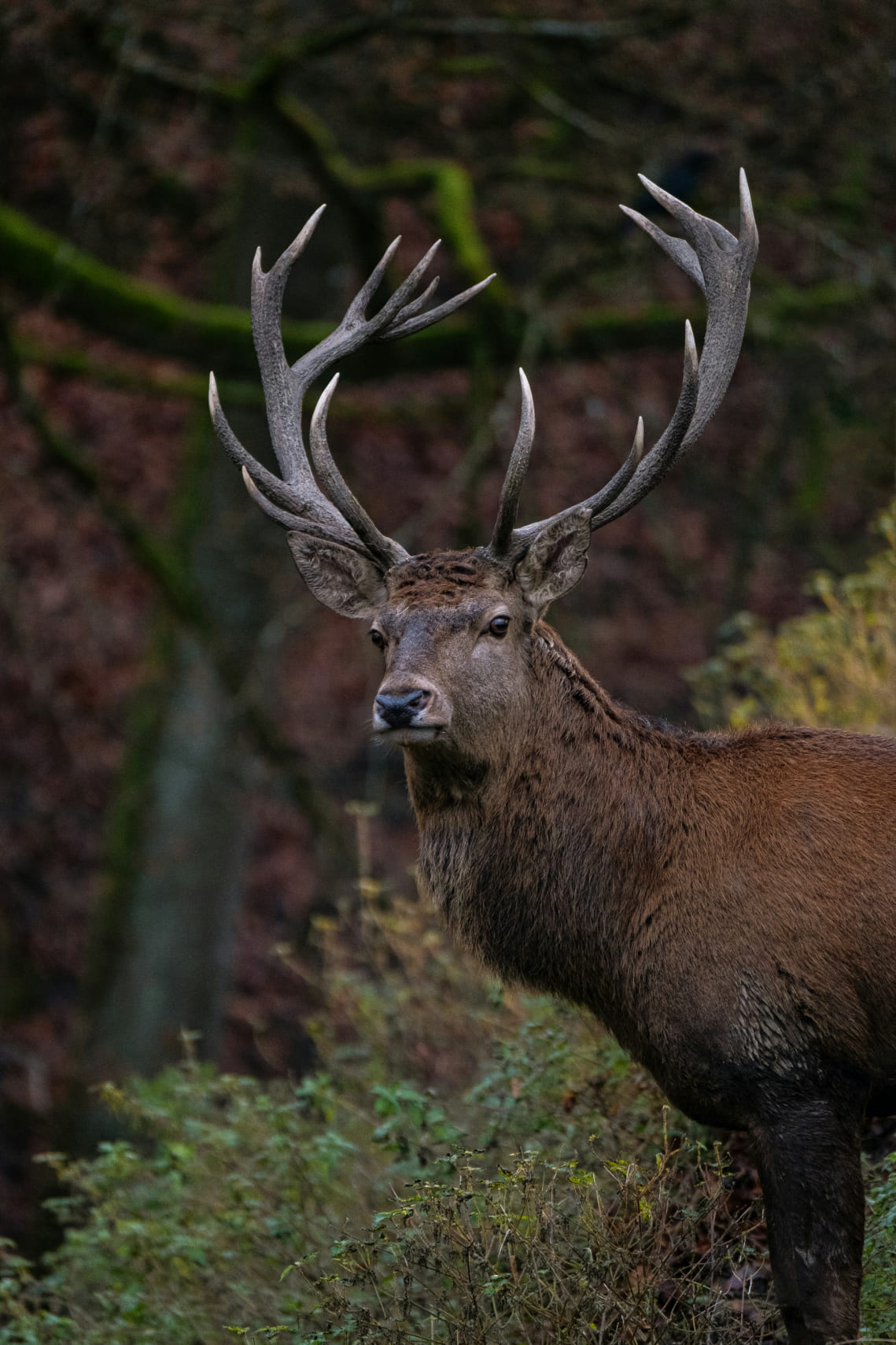-
Call Now: +913878958932
-
Email Now: [email protected]

Deer have long been admired for their grace, agility, and beauty. These gentle creatures have inhabited forests, grasslands, and mountainous regions for millennia, playing a vital role in the ecosystems they call home. Their antlers, which are shed and regrown annually, symbolize renewal and strength in the natural world.
In ancient ecosystems, deer were essential as both prey and grazers. Their feeding habits helped maintain plant diversity, preventing overgrowth and fostering healthy habitats. Predators such as wolves, lions, and tigers relied on deer populations to sustain their survival, creating a balance that benefited the entire ecosystem.
Deer hold significant cultural and spiritual importance in many traditions. They often represent purity, peace, and connection to nature, appearing in myths and folklore as messengers of the divine. Ancient hunters respected deer not only as a source of sustenance but also as sacred beings embodying the harmony of the wild.
Today, deer face challenges from habitat fragmentation and hunting. Preserving their natural environments is crucial to ensuring their continued role as keystone species and symbols of the beauty and balance of ancient wildlife.